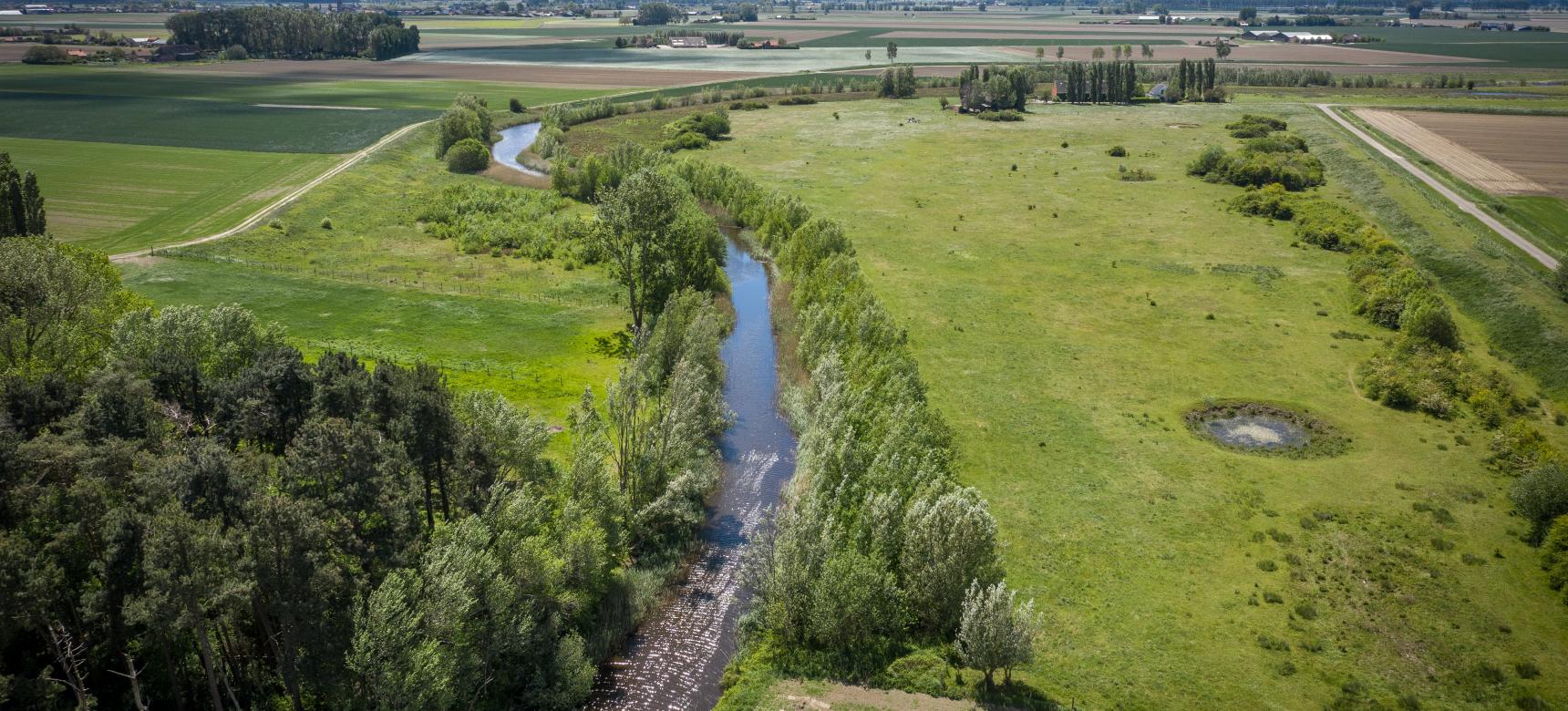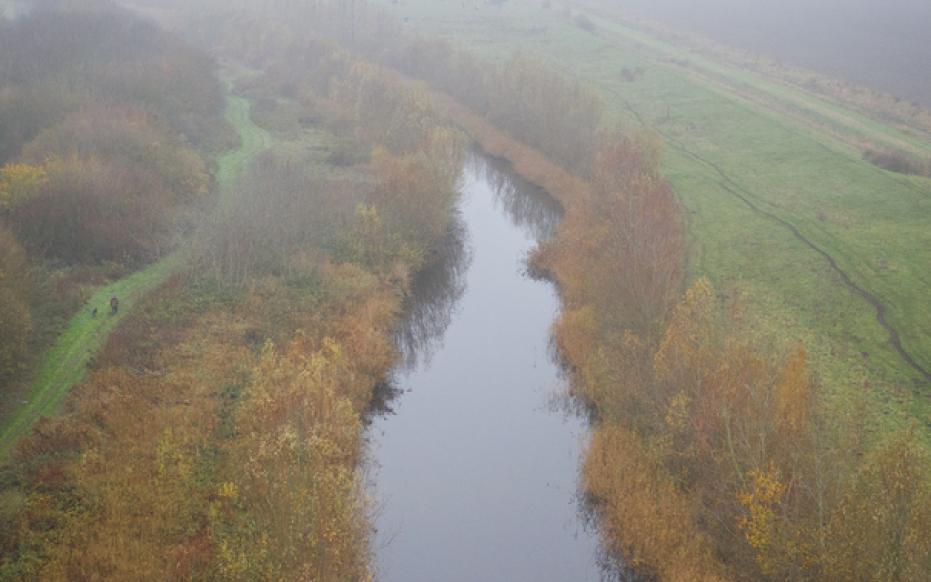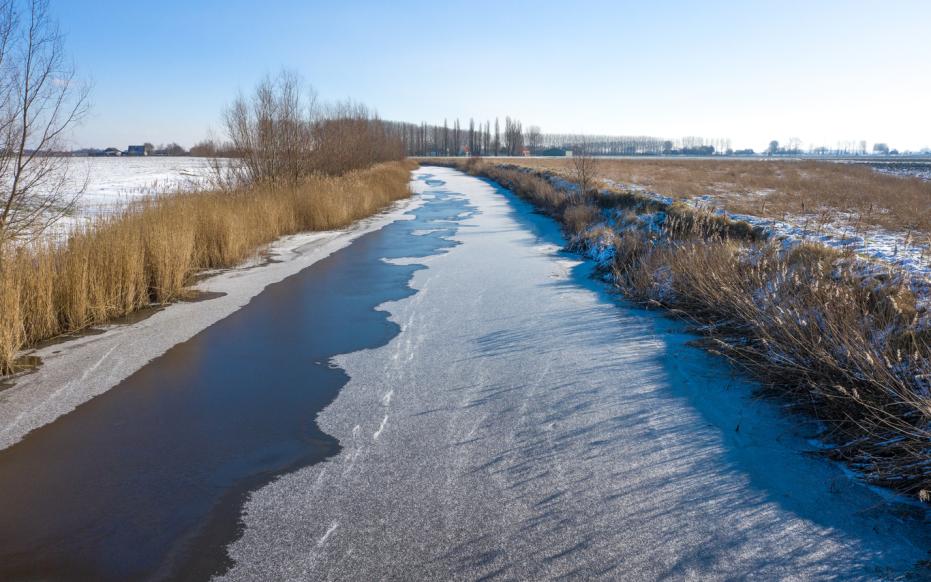Origin of the landscape
About 2,600 years ago, the coastal barrier created by the decrease in the rate of sea level rise was broken. A decreasing surface area and the scouring action of the tidal channels created several islands in the area, but these often lasted only a few centuries due to tidal dynamics. Medieval embankments played a major role in the development of the creek and gully area. Before the embankments, tidal action naturally caused the land surface to rise above the high tide due to the siltation of salt marshes. As a result, the land was high enough to live on and was mostly used for sheep farming. From various settlement centers, earthen berms and low dikes were constructed on the salt marshes as a preventive measure to counter extreme high water. But this also caused water to rush up against the dikes and sometimes even through dike breaches. In addition, it also caused silted up channels because the sand brought in during low tide could no longer leave the tidal channel.




